Commercial successes of the Ataka rocket
In 1996, the Russian army adopted the latest 9M120 Attack anti-tank guided missile, intended for use in the Shturm family of complexes. Shortly thereafter, the new ATGM was introduced to the international market, followed by the first foreign orders. By now, "Attack" has shown its commercial potential, having entered service with a number of foreign armies.
Technical features
The 9M120 rocket was developed on the basis of the 9M114 "Cocon" product from the "Shturm" complex and differed from it in a number of technical innovations, as well as improved performance. "Attack" is a solid-propellant rocket 2,1 m long and 42,5 kg in weight with radio command control and a tandem cumulative warhead. With the further development of the design, other control devices, warheads, etc. were introduced.
ATGM 9M120 develops a speed of up to 550 m / s and is capable of hitting targets at ranges of up to 6 km. A cumulative warhead of the basic version provides penetration of at least 800 mm of armor behind ERA. In the 9M120M project, the range was increased to 8 km, and penetration - to 950 mm. The most advanced version of the rocket, the 9M120D, flies 10 km. Variants of missiles with fragmentation, space-detonating and rod warheads are proposed.
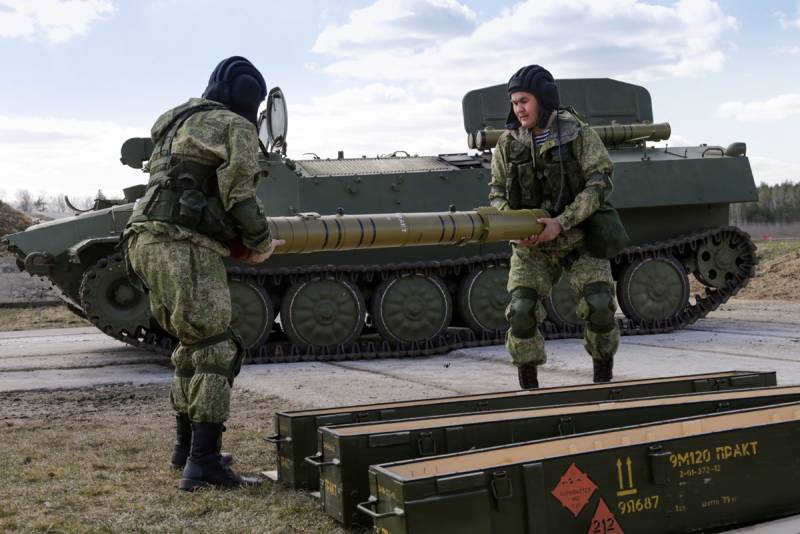
The crew of the Shturm-S complex is preparing to use the Attack. Photo of the Ministry of Defense of the Russian Federation
"Attack" is intended for use in the ATGM "Shturm" of various modifications and in other similar complexes. Together with the Shturm-V equipment, it should be used by helicopters. The use of ATGMs by the self-propelled ground complex "Shturm-S" is allowed. There are also projects for installing a complex with "Attack" on other samples of ground armored vehicles, incl. robotic systems, and on boats.
For the Russian army
The first and largest customer of the Attack was the Russian Armed Forces. Supply of such weapons began in the mid-nineties and continue to this day. Our army makes extensive use of the potential of this ATGM in terms of the choice of carriers and modifications with different capabilities.
9M120 products are implemented in aviation ATGM "Shturm-V", together with which they are used on combat helicopters of various types. "Attack" can be carried by the main modifications of the Mi-24/35 helicopter, all versions of the Mi-28 and Ka-52. Also, such a weapon is included in the ammunition of the transport-combat Mi-8AMTSh and Ka-29.
Self-propelled "Shturm-S" of various modifications are capable of using 9M120. In addition, the Ataka-T complex has been developed, which is used on support combat vehicles. tanks... Other anti-tank systems using missiles of the 9M120 line are proposed and, possibly, will be adopted.
For obvious reasons, the total number of ordered and delivered Ataka missiles has not been published and remains unknown. At the same time, it is known from open sources that potential carriers of such missiles can be 500-600 helicopters of various types. The ground forces have 850 Shturm-S complexes, including those upgraded according to new designs. The number of combatant BMPT "Terminator" so far does not exceed several dozen.
Foreign customers
According to various sources, 9M120 missiles have been adopted by up to 10-12 foreign armies. The first contracts for such ATGMs appeared in the late nineties and were implemented at the beginning of the next decade. At the same time, there is no exact information on some deliveries. For example, it is known about the Iranian order in 1999 for the supply of 500 missiles for the ATGM "Shturm". According to some reports, both older "Cocoons" and new "Attacks" were supplied under this contract.
According to SIPRI, Slovenia ordered a small number of Attacks in 2009; deliveries took place already in 2010. In the same period, Russia received an order from Kazakhstan for a small number of BMPTs and ammunition for them. ATGM 9M120 were delivered in 2011-13. In 2013, Algeria ordered a variety of weapons, including Attack missiles for its Mi-28 helicopters and ground Terminators. Another confirmed customer of such ATGMs is Egypt. In 2015, he wished to receive Ka-52K helicopters and guided weapons for them.
In November 2019, a Russian-Belarusian agreement appeared on the supply of various weapons and equipment. In accordance with this document, the transfer of the first batch of 9M120 missiles took place recently. Most likely, the Belarusian army will use such weapons with Mi helicopters.
There is also information about possible deliveries of "Attacks" to other foreign armies. Such missiles, alone or together with 9M114, could be transferred to Brazil, India, Indonesia, Serbia and Venezuela. However, there are no detailed data on such deliveries. Some foreign sources mention the sale of the 9M120 ATGM to North Korea, but no official confirmation has been received.
Factors of success
As you can see, the 9M120 Attack anti-tank guided missile and its modifications show certain commercial successes. In terms of sales volume, this product cannot be compared with the market leaders, however, in this case, it provides the Russian industry with a good income. Despite their considerable age, Attack continues to be ordered, and new contracts of this kind may appear in the very near future.
One of the reasons for such success should be considered the high performance of the rocket. "Attack" was developed back in the mid-nineties, but its key parameters still remain at the modern level. In addition, upgraded options with increased performance are offered. The proposed flight range and powerful warhead make it possible to effectively solve urgent problems of fighting enemy armored vehicles.
The second reason for its popularity is compatibility with a wide range of platforms, air and land. This potential is most fully realized in the case of helicopters of the Mi-24/35 family, equipped with the Shturm-V complex. Such equipment is in service with many countries, and 9M120 missiles can increase its combat potential without cardinal modernization.
The list of "Attack" carriers is expanding. The latter included the Terminator, several options for upgrading existing infantry fighting vehicles, as well as modern Mi-28 and Ka-52 helicopters. All these samples attract the attention of the customer, and contracts for their supply are accompanied by the purchase of compatible ATGMs of the latest models.
It should be noted that not all foreign customers use all the technical and operational capabilities provided by the Ataka family. So far, only Russia is in service with all compatible carriers, and advanced missiles are not yet in demand on the international market. This does not allow to fully realize the commercial potential of the rocket.
Past and Future
At the moment, the Ataka anti-tank guided missile for the Shturm family of complexes and other systems is not the market leader and cannot even claim this honorary title. However, it enjoys a certain popularity and occupies its own niche, where it has virtually no direct competitors. There are several factors driving the demand for such weapons, which leads to the regular appearance of new orders from different countries.
There is every reason to believe that the current situation will persist in the future or change for the better. Existing customers, having evaluated the Russian missiles, may order additional batches in the future. In addition, the positive experience will contribute to the emergence of contracts for the supply of new models of equipment-carriers "Attack".
It should be borne in mind that not all potential customers in the person of the armies operating the Mi-24/35 or other equipment of Soviet and Russian design have updated their missile arsenals. And if they are going to save the available helicopters and improve their combat qualities, the Russian 9M120 missiles of all modifications will become the most successful choice.
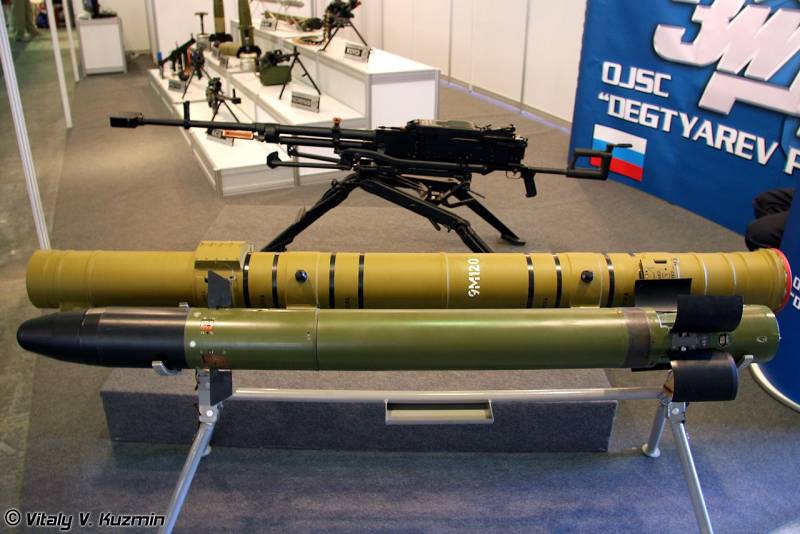
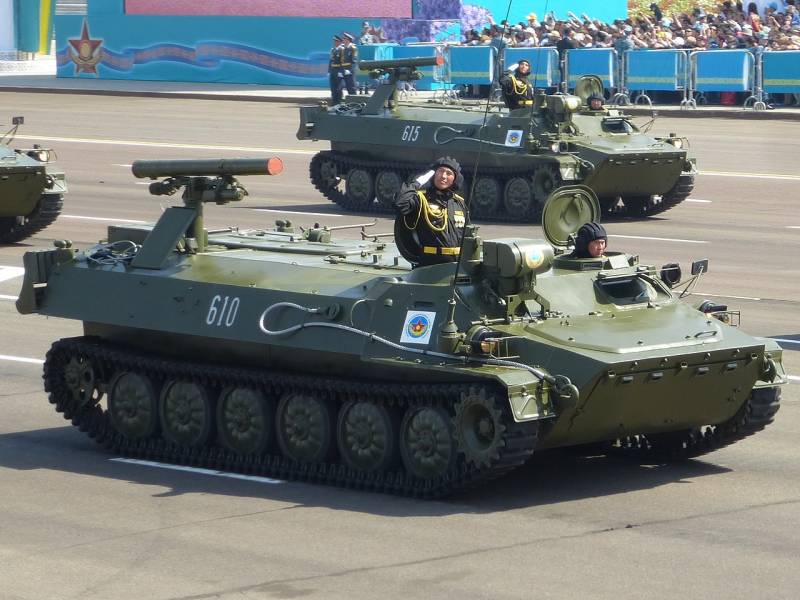
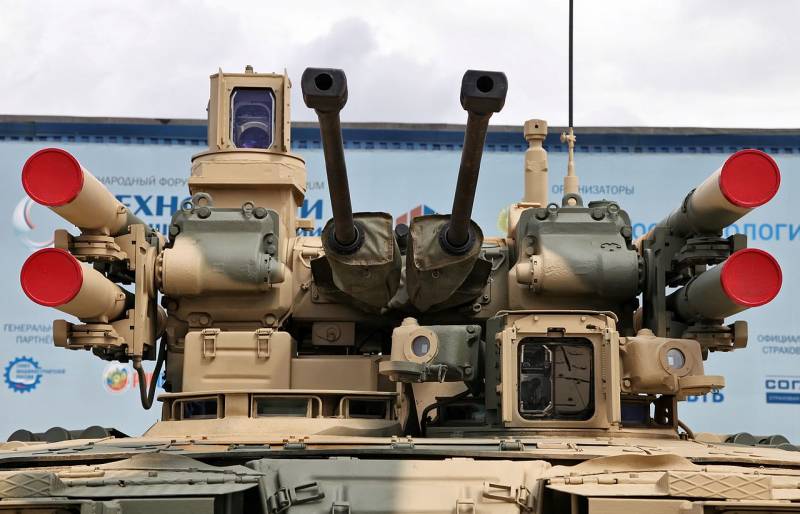
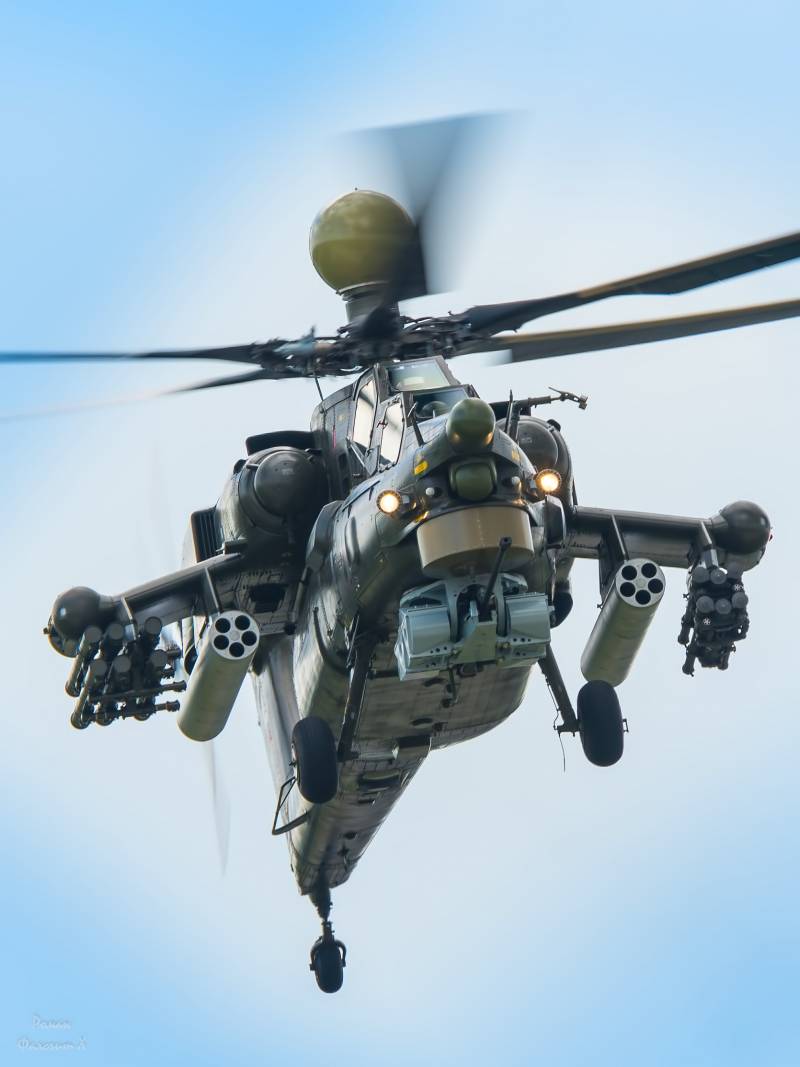
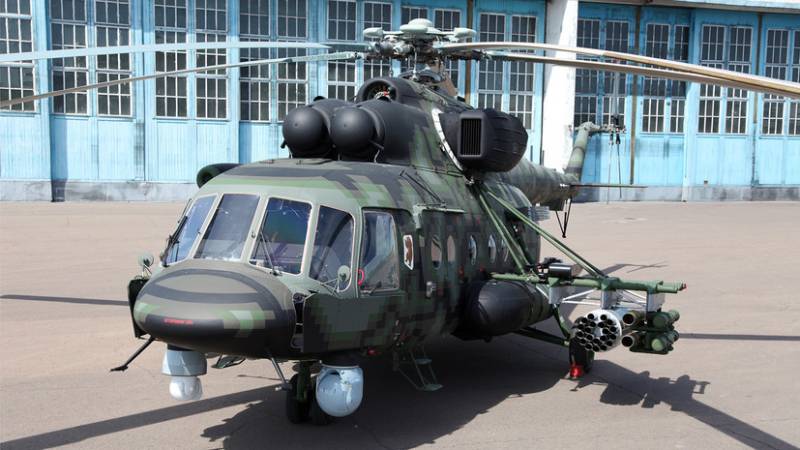
Information